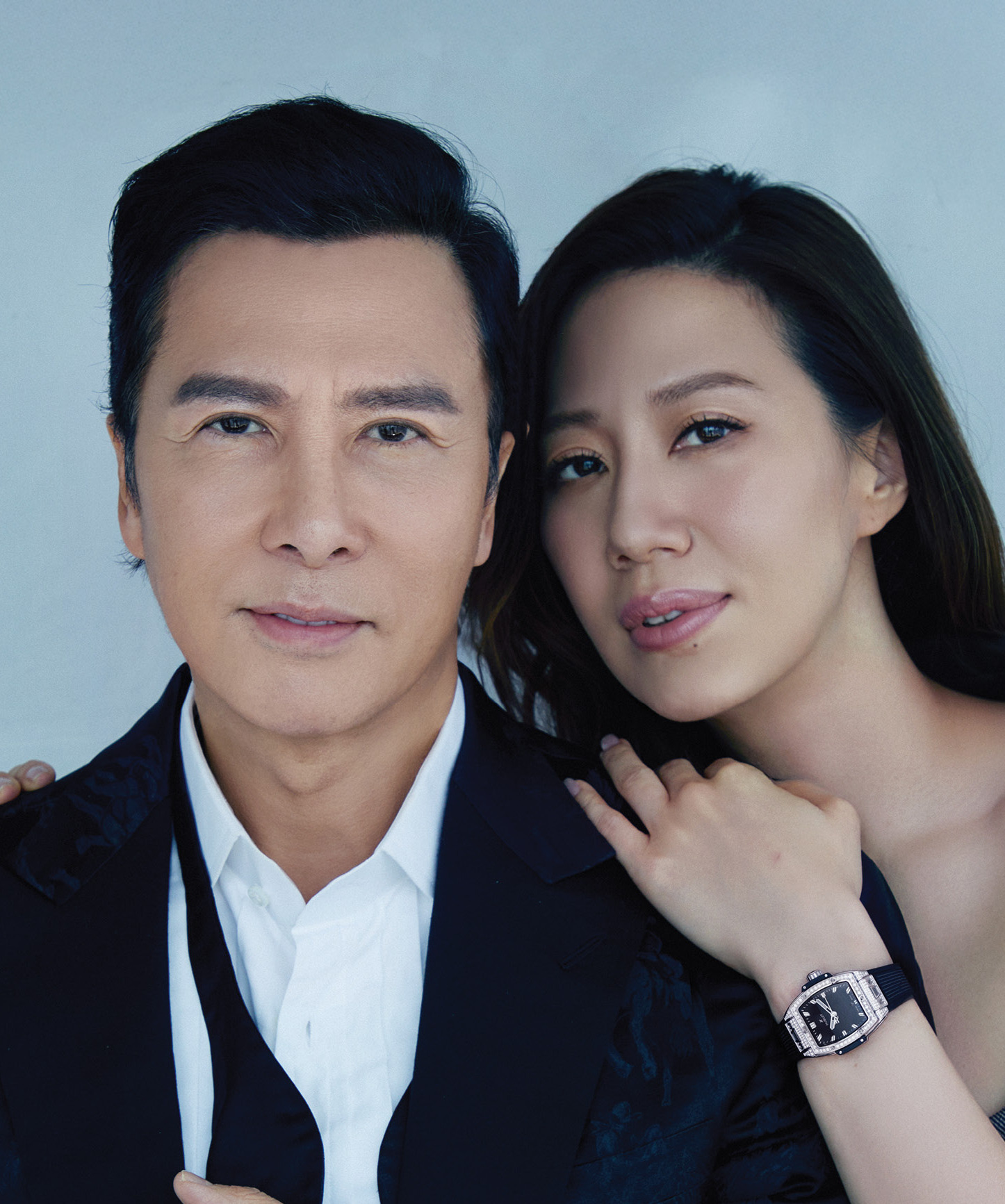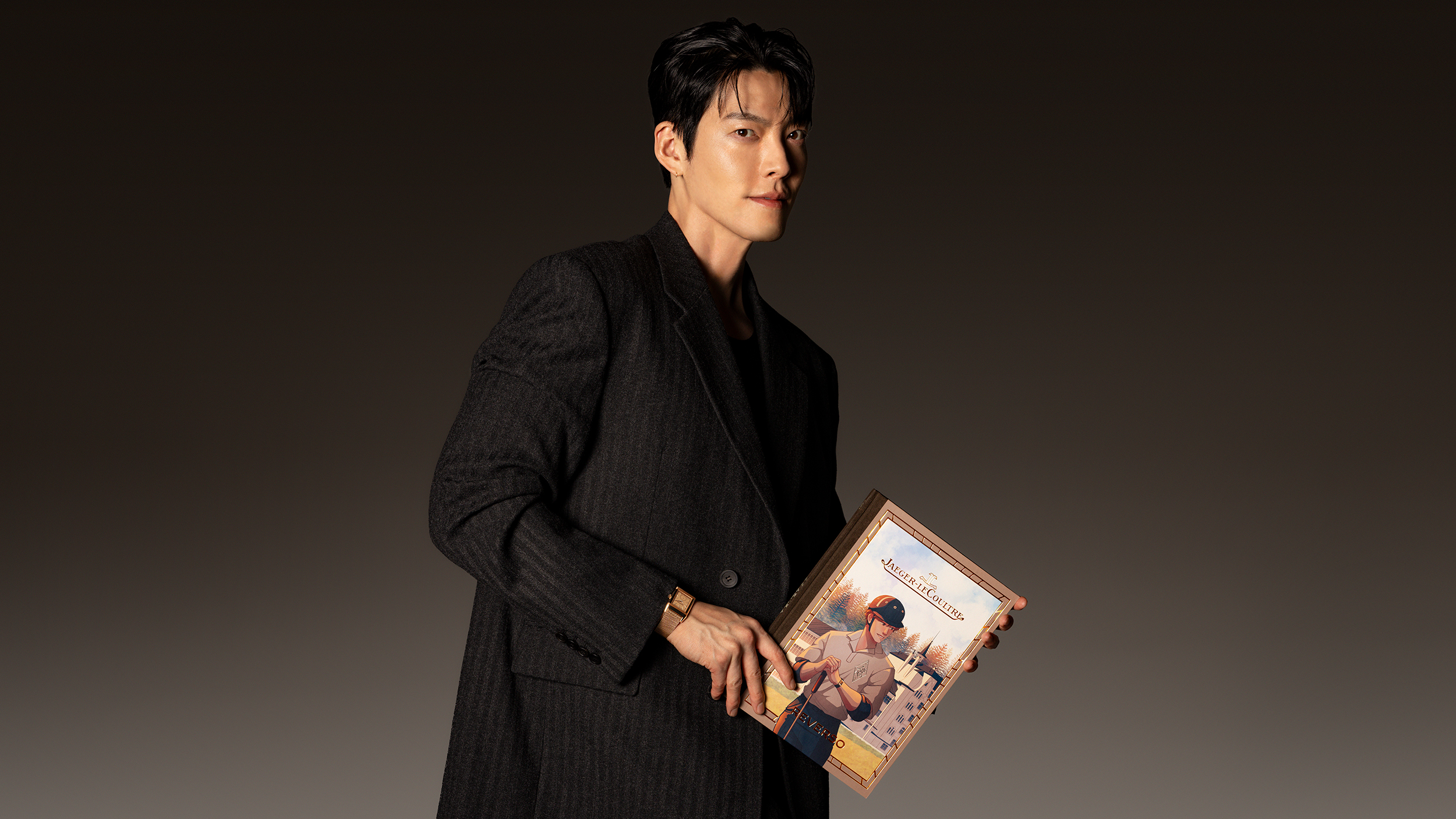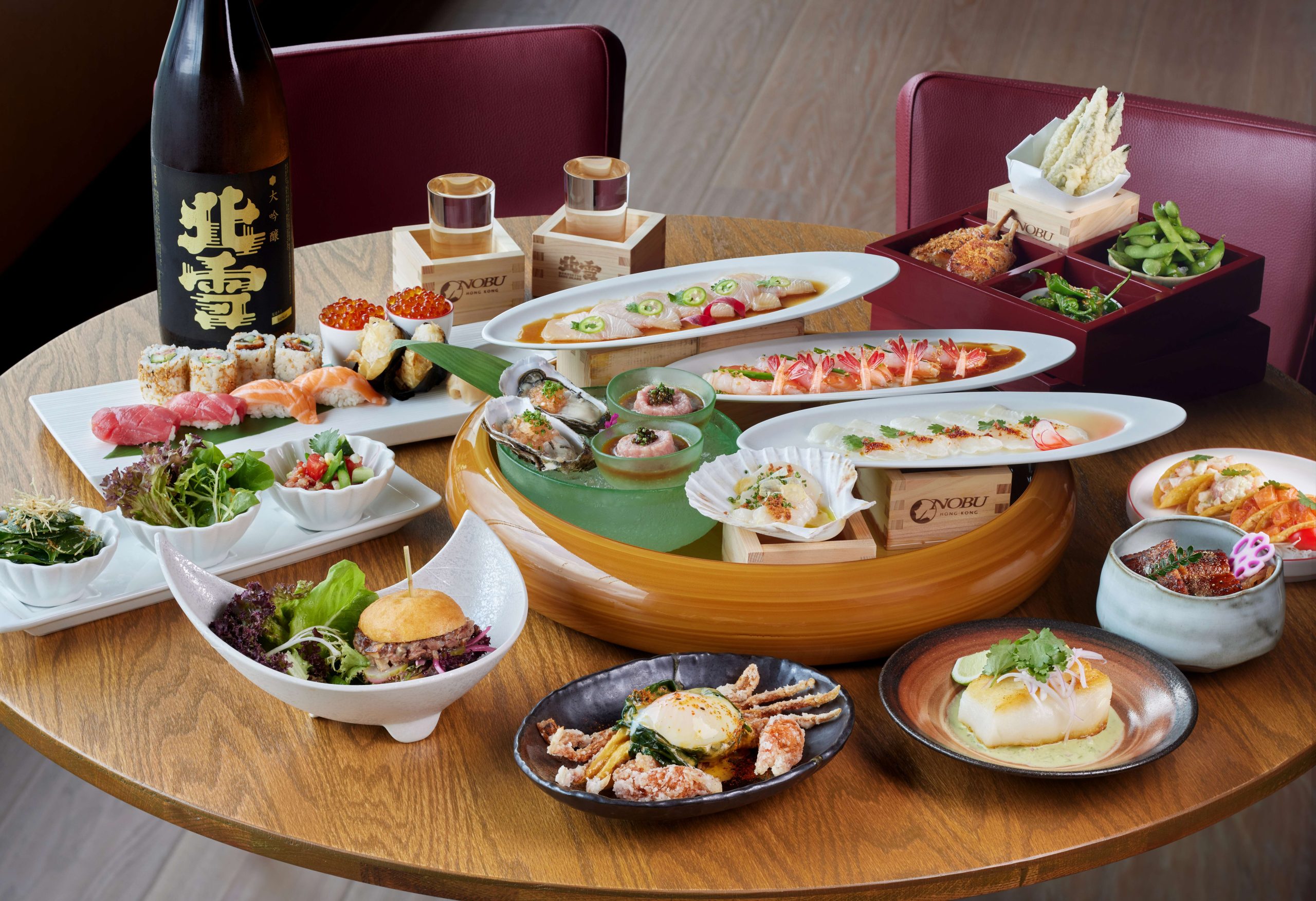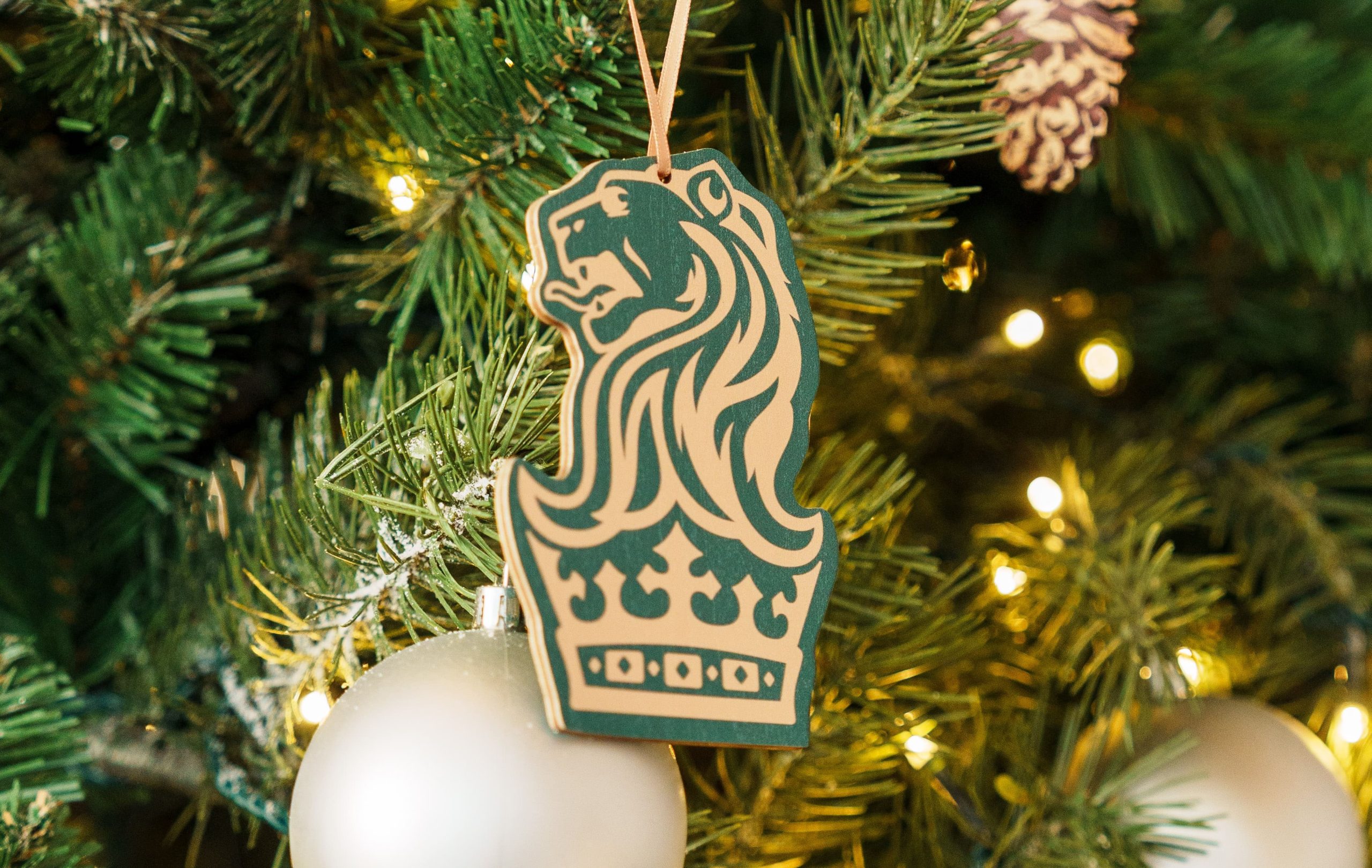
The revenge of the nerds is now complete. The math kids who got beat up are now tech billionaires. Dorky scientists successfully woo beautiful girls in The Big Bang Theory. And comic books, once read only by socially awkward geeks, are now a global phenomenon. Chester B. Cebulski, C.B. to his friends, is the perfect embodiment of the Nerd World Order.
A lifelong fan of comics, the American grew up as a typical fanboy. But rather than becoming the guy living in the basement of the home he grew up in, Cebulski emerged as a major force in the Marvel Comics superhero universe.
“My first exposure was through my grandfather,” Cebulski says. “I used to hate going to the barber shop. I’d be crying and he would go to a store next door and buy a comic book for me. I don’t even remember what it was, but whenever I had a comic, I would shut up. Graphic art was my pacifier. The first comic I found on my own was The X-Men. I was still quite young, so the story didn’t grab me as much but the images did.”
The appeal of graphic literature is universal. Japan has its manga and anime. Hong Kong has kung-fu zines. But for the past decade, it’s been the American brand of superhero fiction that has dominated the world’s imagination.
Marvel and DC Comics became the Coke and Pepsi of the market. Their characters are no longer just for kids: they’re titans of the entertainment business, bestriding movie box offices, merchandising stalls and the pop culture zeitgeist. In 2009, Disney bought Marvel for US$4.3 billion. They now own and produce all of the franchised television and movie content.
Back then, Cebulski was just another kid who thought comic books were for fun. When he realised his talent didn’t lie in drawing, he turned to writing. He submitted them continually and consistently had them rejected. But he didn’t give up, instead moving sideways. Manga was a hobby that led to a stint living and working in Japan.
“I kept talking to editors and looking for opportunities. I didn’t have any connections, so I just kept pitching. In the long run, it was Marvel that gave me my first writing work, based on the fact that I had experienced Japan. They were looking for Japan-centric stories. So it wasn’t my skill as a writer that got me my first job. It was my intimate knowledge of Japanese culture and manga.”
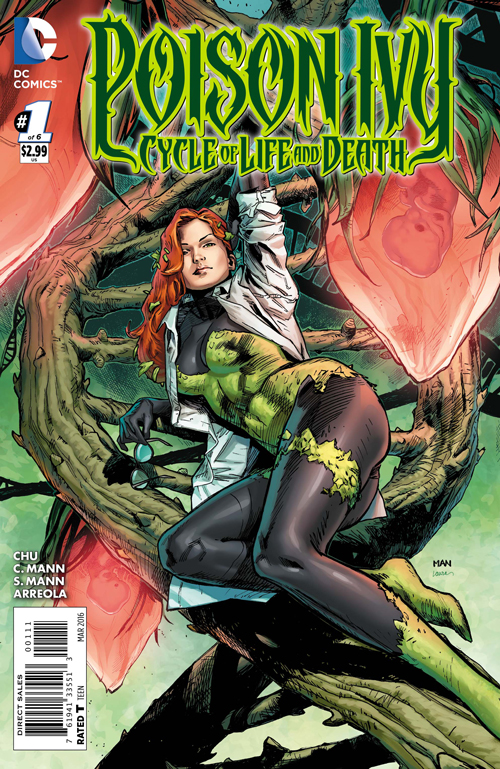
From writing and editing, he was promoted to become Marvel’s lead talent scout. In January, Cebulski became vice-president of brand management and development. This middle-aged geek will move from New York to Shanghai in May to spearhead the Marvel brand’s advance throughout Asia. One of his first projects is to oversee the Iron Man Experience, an attraction at Hong Kong Disneyland that is due to open this year.
Cebulski is well versed in the comic book cultures of the East and West, and he seems uniquely suited to the role in Shanghai. “What separates, say, Marvel versus manga is manga artists create all their own work and their own original characters. It’s one sole artist and writer team creating a property of a finite length. Their stories are not meant to be ongoing. There is an end. But the basic difference, I think, is storytelling structure. The Eastern comics, in Japan or Hong Kong, are extremely fast-paced. They are laid out so the pages can be turned far faster than American comics. The art tells the stories far more than the words.
“In Asia, if a hero confronts a thug, the action would be really quick. He grabs the villain, looks him in the eye and then throws him out the window in just five or six panels. In America, you see the hero enter the room, they would meet, there would be three panels of dialogue, then he gets thrown across the room in slow motion, smashes out the window, the hero says something as the villain falls and then smashes into the ground. This would play out over pages.”
In the United States, Asians in the comic book industry are uncommon, but there are significant players. Korean-American Jim Lee is a DC Comics co-publisher. Greg Pak is a popular writer and filmmaker who worked on The Incredible Hulk. Former actor Larry Hama is notable for creating G.I. Joe: A Real American Hero. The newest rising star is an unlikely one: a Chinese-American with Hong Kong connections. In many ways, Amy Chu is nothing like the typical comic book fanatic. An ordinary morning for this New Jersey housewife starts with waking her two boys for cereal and school, then seeing her husband off to work after his coffee and breakfast.
Born in Boston to immigrants from Hong Kong, Chu has been writing comics only since 2012. That’s the blink of an eye in her vocation, but through astute networking and a well-rounded skill set, she quickly reached the upper echelon of the world of creative comic books. This year, DC Comics entrusted this newcomer to bring new vitality to one of its most beloved but underdeveloped characters, Poison Ivy.
“Maybe I am biased, but they gave me a great character to start with in Poison Ivy,” Chu says. “She’s such a well-known character, but with very little continuity. I can’t ask for a better gig, honestly.”
DC Comic’s six-issue mini-series, Poison Ivy: Cycle of Life and Death, was launched in January, featuring a story by Chu and artwork by Clay Mann.
Famously portrayed by Uma Thurman in the 1997 movie Batman & Robin, which featured George Clooney in the caped crusader’s tights, the half-plant, half-human Poison Ivy is a complex creature. Over the years, the supervillain has been the Dark Knight’s adversary and romantic interest. She is one of the few characters in the Gotham municipality to have true superpowers. Her botanical toxins can kill with one kiss and cure with the next.
Obsessed with nature and the environment, this kick-ass eco-terrorist is a criminal with a cause, as well as a strong and independent woman. In interviews, Chu often describes the character as super-smart and super-sexy.
“There’s surprisingly little done with Poison Ivy, given how long she’s been around,” Chu told the comic news site, Newsarama. “It’s strange to me. She’s Lex-Luthor-smart and she can pretty much take over Gotham if she wanted. I’m trying to bring the emotional depth and character recognition to her that she deserves. She’s not just some sidekick that kisses guys to death.”
Like Poison Ivy’s alter ego, Dr Pamela Lillian Isley, Chu is a complicated tangle of brains and ambitions. It’s safe to say most comic writers don’t have a double degree from MIT – a BSc in architectural design and a BA in East Asian studies – and an MBA from Harvard.
After her last degree, Chu still had no clear idea of a career path. She hopped from job to job, and returned to Hong Kong in 1995 to work at Pansy Ho’s public relations firm, Occasions. In 2010, a friend suggested they start a business. One idea was to do graphic novels for the young adult market. Chu signed up for a course on comic book writing. “I was the only woman in the class,” she says.
Stunningly, she excelled. It was a revelation for someone more familiar with PowerPoint than a storyboard. “The real question is: was I a writer all this time but I was just being a good Asian girl, or is this something I just happened to develop later in life?”
Catching the comic book bug, Chu signed up for more classes, studied the craft, networked, pitched ideas to editors and put her Harvard MBA to use in a way nobody had expected.
A year later, her own imprint, Alpha Girl Comics, debuted. The first releases were anthologies belonging to a series called Girls Night Out. They were collections of stories written by Chu and illustrated by various artists. The polished work quickly led to freelancing for brands such as Vertigo Comics and DMC. What would take many people a decade, Chu managed in three years. She gained a reputation for evoking emotional “gut-punch” moments along the way.
On top of the new Poison Ivy issues, she penned a Wonder Woman tale for a DC digital series and recently wrote a one-shot X-Files comic story for IDW Publishing.
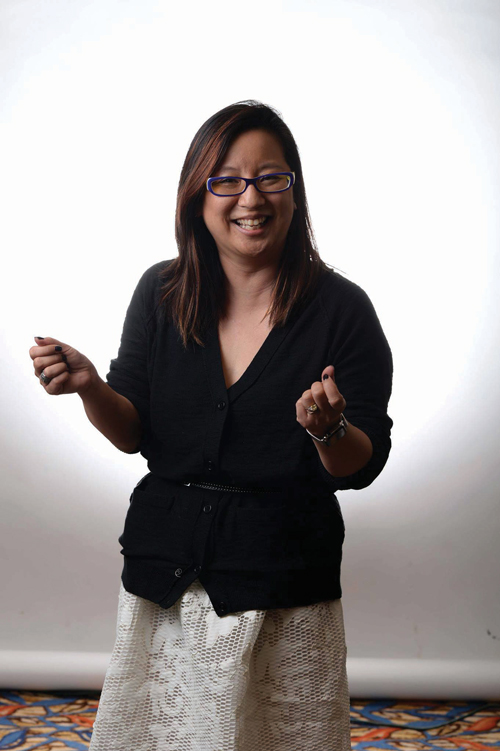
“There wasn’t a point, like, I woke up and decided I want to be a comic writer,” Chu says. “You just start doing it and think ‘I can’t imagine doing anything else.’ This might all be a crazy mistake, as I never intended to be a writer. I am just interested in doing good stories.”
In the past year, DC’s main competitor, Marvel Comics, has also commissioned Chu to write stories.
“Amy is one of the smartest and most motivated people I know,” says Marvel’s Cebulski. “A lot of people think that breaking into comics is about being good at one thing. Amy is the rare mix of a great writer, great marketer, great networking person and an amazing communicator. She combines all those skills to get her ideas out.
“She’s very smart about how she targets herself. Her work in Girl’s Night Out is separate from her DC Comics work, and that is separate from the stuff she does with DMC. She wears so many hats so successfully and is such a good multitasker that she does it seamlessly. But boil it all down, she’s a fantastic writer,” Cebulski says.
“If you’re a great writer but you’re writing for yourself, you’re not a successful writer. Amy is not only a good writer, she is successful because she knows how to take her ideas and get it seen, get it made. And she does not quit. She sees everything through to the end. That’s what it takes to be a great writer, which she is on her way to becoming.”
Could she have reached this plateau in her career if she had stayed in Hong Kong?
“It’s unlikely. I wouldn’t have had the opportunity and I’d probably still be working for Occasions,” Chu says.
“The purpose of writing for me is to talk about other people’s experiences. I actually feel quite uncomfortable writing about me and my life. What I really enjoy is trying to create a believable experience from a different perspective. Having said that, all my stories involve something I have either seen or observed.”
A good example is her one-off narrative in a Wonder Woman collection for DC. “I got that idea at the Baltimore Comic-Con,” Chu says. “I ran into a really old classmate there and I asked what he’s been doing all these years. It turns out he’s a combat pilot, and that’s such a radically different experience from my boring life. That gave me the idea for a female combat pilot in Afghanistan who meets Wonder Woman. It’s just my way to explore a story and life of a friend.”
The uniqueness of her career is not lost on Chu. She didn’t grow up reading Spiderman or Josie and the Pussycats. She doesn’t fit the Comic-Con stereotype. As a successful Asian woman, she belongs to two minorities in the world of comics.
“I do think I am an anomaly. My parents grew up in Hong Kong so we had a couple of copies of Old Master Q lying around and maybe a Donald Duck book. That’s about it.
“But there’s a funny story,” she adds. “It turns out my late grandfather, who got his medical degree in the US but returned to Hong Kong to practise, was a huge comic fan. He had all these comics shipped from the US to his office in the 1960s and 70s. He was a huge DC Comics fan. Of course, nobody told me this.”
The geek gene might have skipped a generation in her family, but Chu fully embraces her ranking among the uncool. “Do I consider myself a nerd? I grew up working hard to get into a good school, I studied hard, I was very quiet, so totally I am the classic type. My brother and I both went to MIT, then I went to Harvard. By definition, I’m a nerd.
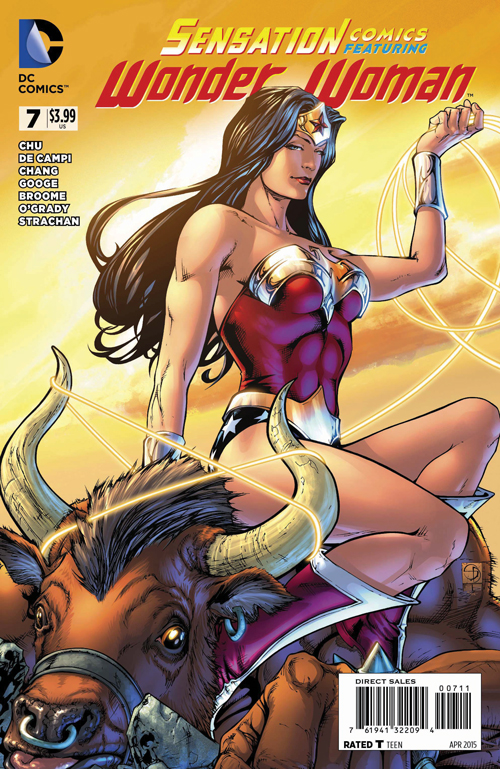
“When I went to my first comic convention, I thought: ‘Oh my God, this is so nerdy.” But the thing is, these are my people too. You spend years trying to get away from the nerd label, but then you find yourself right back there, and it’s a comfortable feeling. Granted, I am a nerd in Manolo Blahniks now. I wore a pair to my first convention and I was pretty sure no one else knew what I was wearing.”
Chu is now a regular on the convention circuit. It’s part of her promotion strategy. Last year, she racked up serious mileage doing comic fests in Baltimore, Portland, San Diego, Charlotte and Chicago, Canada and Brazil. The cover art of her Poison Ivy was unveiled at the New York Comic Con.
It’s not just about sales. With every appearance on every panel, Chu is making a statement that good comic book writers don’t have to resemble a member of the cast of The Big Bang Theory.
“In the superhero comic industry dominated by Marvel and DC, there are very few Asian women as writers and editors.
I don’t feel it’s really a benefit to be a woman and Asian in this business, but it’s my identity and it’s important to not hide that fact.
“I go out and speak a lot and sit on a lot of panels. It’s important, especially for a woman and an Asian, to show that I am active.”
Cebulski acknowledges that diversity is an issue, particularly in the art and creative departments of the industry.
“It’s a tough thing. At Marvel, we say the only thing we discriminate against is bad art and bad stories,” Cebulski says. “A lot of time our editors don’t meet the people pitching to them. Obviously, if someone named Amy Chu pitches, it’s obvious she’s female and probably Asian. But that is not something taken into consideration.
“One reason most stories, up until about five years ago, were written by white males is because that’s what our fan base was. But now our readership has expanded culturally. More women are reading.
“We have so many people pitching who are women and from countries across the world, straight and gay. No one is hiring Amy just because she is female and Asian, but because she’s a great writer.”
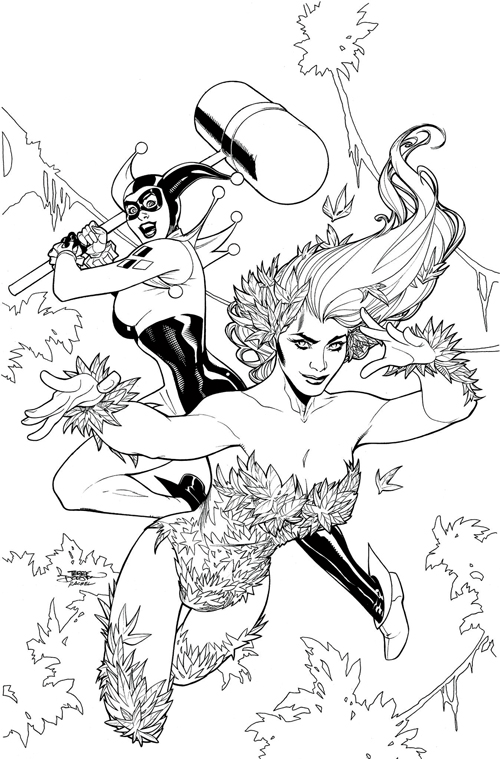
Change is happening. In the indie scene, there is much more Black, Asian and Latino representation. One emerging graphic novel publisher Chu worked for is Darryl McDaniels, who runs DMC (Darryl Makes Comics) and is a member of hip-hop legend Run DMC.
Hot on the heels of the Poison Ivy releases, Chu has recently created stories for big names such as Deadpool and Antman.
As busy as she is, Chu is still not making the kind of money many of her corporate classmates are pulling in – and she has two children to build college funds for. Creative work is still more a passion than a means of earning a living.
“I want to get good at this medium and that’s my focus. Everything is storytelling. A lot of long-time comic artists are still passionate about the work because the money isn’t in it.
“It is difficult to balance family and work but I am not the only one who deals with that. I am lucky in that I am married and in a position where I can do this as a full-time job, at least for this year. We’ll see how the winds blow.”


